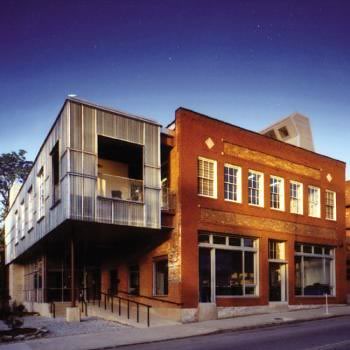
What is wrong with this picture? A beautiful bridge, leading into a downtown that had been forgotten about for so long, instead is seen an unsightly graffiti-covered mess for years. Ever heard of the broken-windows theory? What a stain on downtown's revitalization, and a result of the lack of care Tampa has had for it's downtown for years.
The graffiti is the result of the University of Tampa's crew facility which hosts some of the nation's best rowing teams, and apparently advertises that they can paint the bridges, sea walls, and anything else near/on the Hillsborough River (another neglected asset in Tampa). Isn't this illegal? There is no way they could be legally allowed to do this, because, I don't believe the University of Tampa owns all of the property, certainly not the Kennedy Bridge or sea walls on the downtown side of the water.
Now that downtown is in the middle of a re-birth, I have called upon the Tampa Riverwalk organization to address this unsightly mess, and I've been told they are drafting an ordinance to make this a "fine-able" offense if on city property, and hopefully requires any business-owned sea wall to be kept clean of graffiti as well. Businesses/building owners will have to step up too.
The Tampa Riverwalk organization is organizing a great thing for Tampa-giving the river frontage back to pedestrians/citizens-and when fully built it will become a needed connector for the amenities of a revitalized downtown Tampa.
But, take the graffiti away from this bridge, and their renderings of the bridge improvements/lighting that they are looking to fund will be that much more impactful.

Maybe the Tampa Downtown Partnership can help enforce?





